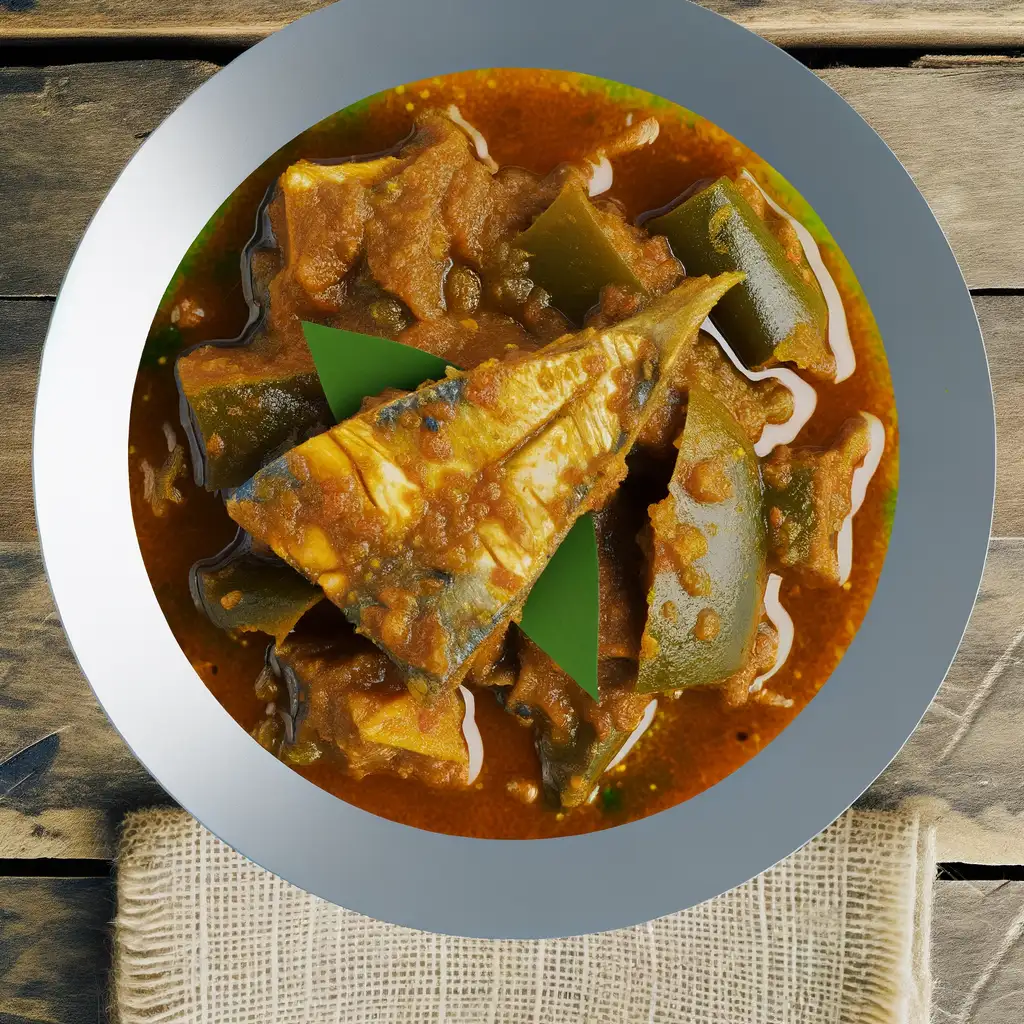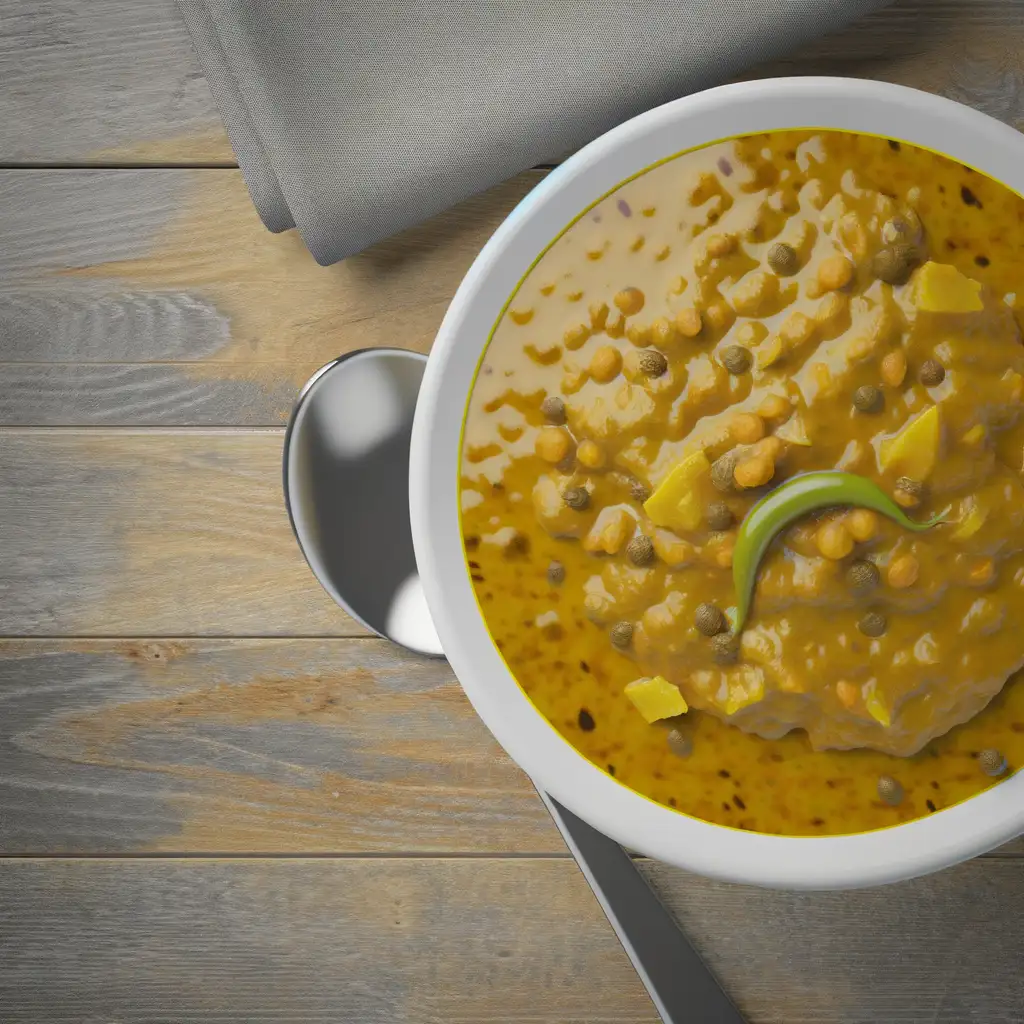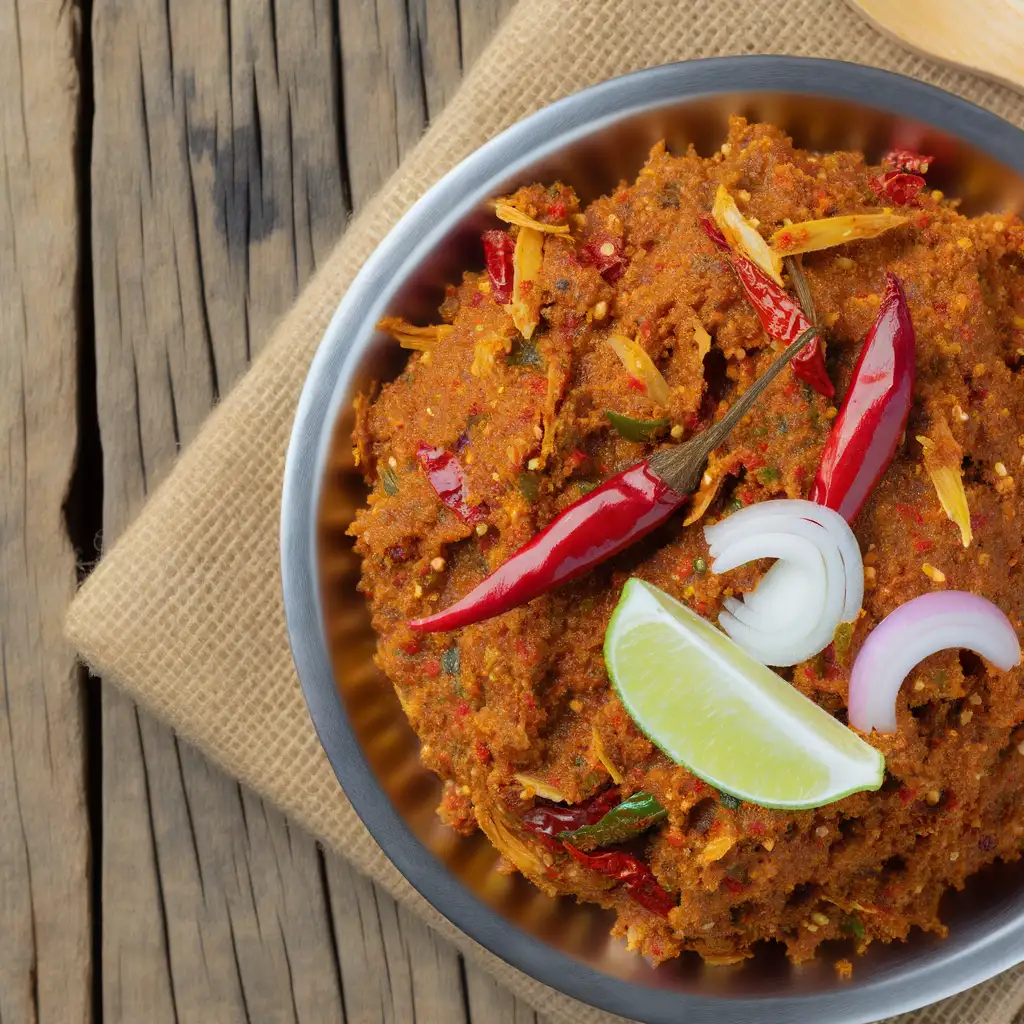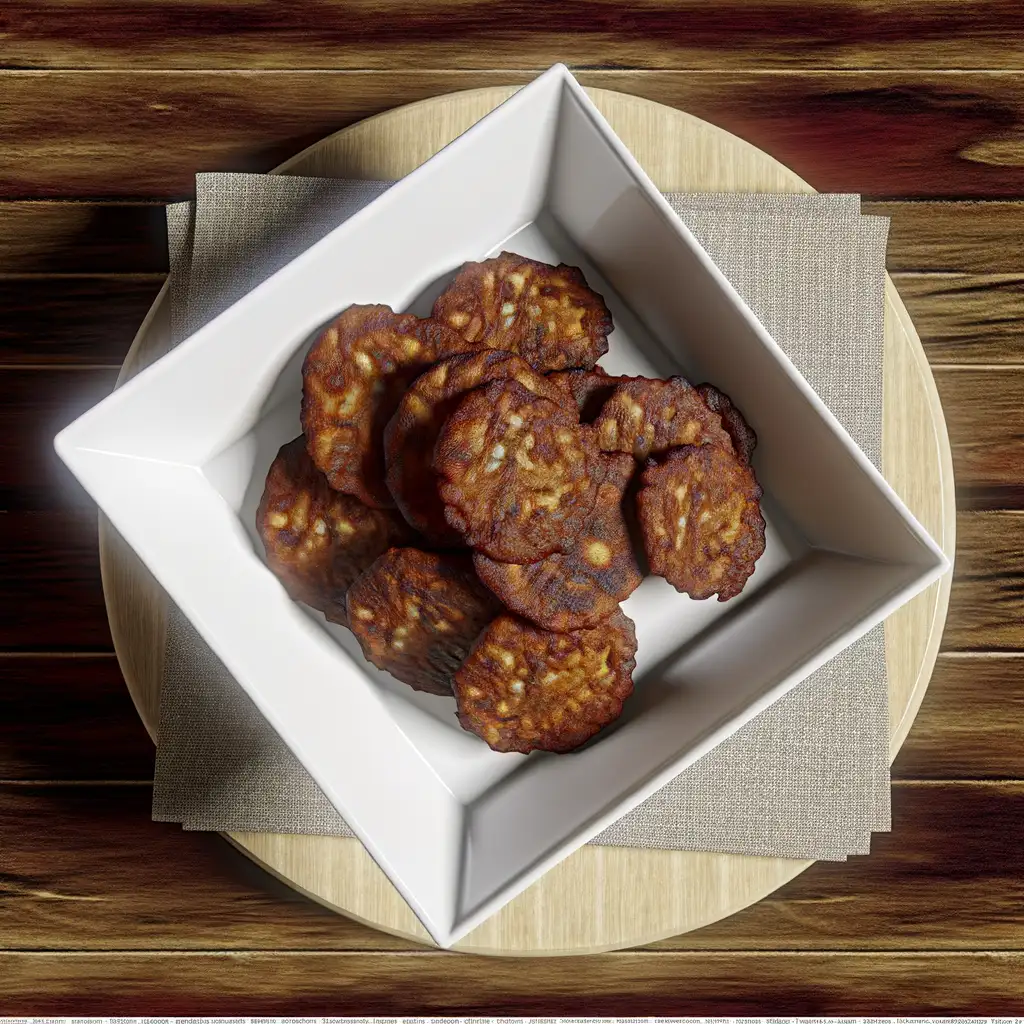


If you find yourself wandering down to the southern coast of Sri Lanka,Matara is the kind of place that wraps you in a warm,easygoing embrace the moment you arrive. There’s a laid-back rhythm here,where the salty breeze carries the chatter of fishermen mending their nets and the distant call of temple bells. The streets hum with life—vendors selling fresh tropical fruits,the scent of coconut oil mingling with the ocean air,and the vibrant colors of saris fluttering in the sunlight. It’s a city that feels alive but never rushed. What really makes Matara stand out is its blend of old and new. You can stroll along the ancient Dutch fort walls,imagining centuries of history,then duck into a bustling market where locals haggle over spices and handwoven mats. The nearby beaches are a soft stretch of golden sand kissed by gentle waves,perfect for watching fishermen bring in their catch or simply sinking your toes into the warm earth. And if you’re lucky,you’ll catch the aroma of freshly grilled seafood wafting from a beachside shack,paired with a cold king coconut that tastes like pure refreshment. But beyond the sights and smells,it’s the people who make Matara unforgettable. There’s a genuine kindness here,a sense of community that invites you to slow down and savor the moment. Whether you’re sharing a laugh over a cup of strong Ceylon tea or exploring the vibrant street art that colors the city walls,Matara feels like a place where stories unfold naturally,and every corner holds a new discovery.
The information on this page is currently being reviewed by Tripkliq and should be used as a guide only
Eng word: Hello
Eng pronunciation: Hello
Local language: හෙලෝ
Eng word: Goodbye
Eng pronunciation: Goodbye
Local language: ගුඩ්බයි
Eng word: Thank you
Eng pronunciation: Sthoo-thi-yi
Local language: ස්තුතියි
Eng word: How much
Eng pronunciation: Ki-ya-la-da
Local language: කියලද
Eng word: Toilet
Eng pronunciation: Vae-si-ki-li-ya
Local language: වැසිකිළිය
Eng word: Help me
Eng pronunciation: Ma-ta oo-da-vu ka-ran-na
Local language: මට උදව් කරන්න
Eng word: Yes
Eng pronunciation: Ow
Local language: ඔව්
Eng word: No
Eng pronunciation: Nae-hae
Local language: නැහැ
Eng word: Excuse me
Eng pronunciation: Ma-ta sa-maa-ven-na
Local language: මට සමාවෙන්න
Built by the Portuguese in 1560 and later expanded by the Dutch in 1645, Matara Fort is a well-preserved example of colonial military architecture. It offers a glimpse into the strategic importance of Matara during the colonial era.
Constructed by the Dutch in 1765, the Star Fort is named for its unique star-shaped design. It was built to protect the main Matara Fort and is now a museum showcasing artifacts from the colonial period.
The Weherahena Temple is renowned for its massive Buddha statue and intricate underground tunnel paintings. It was established in the early 20th century and is a significant site for Buddhist worship and pilgrimage.
This small island temple, connected to the mainland by a footbridge, is a serene spot for meditation and reflection. It offers stunning views of the Indian Ocean and is a popular spot for both locals and tourists.
Built in 1706, the Old Dutch Church in Matara is one of the oldest Protestant churches in Sri Lanka. It features beautiful Dutch colonial architecture and is still in use today.
The Matara Bodhiya is a sacred Bo tree believed to be over 2,000 years old. It is a significant religious site for Buddhists and attracts many devotees and tourists alike.
Polhena Beach is famous for its calm, shallow waters and vibrant coral reefs. It has been a popular spot for swimming and snorkeling for centuries, offering a glimpse into the natural beauty of Matara.
Located at the southernmost point of Sri Lanka, the Dondra Head Lighthouse was built by the British in 1889. It stands 160 feet tall and offers panoramic views of the Indian Ocean.
This ancient rock carving, believed to date back to the 7th century, depicts a Bodhisattva and is a testament to the rich Buddhist heritage of the region. It is located near Weligama, close to Matara.
In Matara, the most common Power Adaptor is Type D, Type G.



A popular street food made from chopped roti mixed with vegetables, eggs, and a choice of meat, all stir-fried on a hot griddle.
.webp)
A bowl-shaped pancake made from fermented rice flour and coconut milk, often served with a variety of toppings like egg, sambol, or curry.

A traditional sour fish curry made with a blend of spices and goraka (a sour fruit), typically using tuna or other local fish.

A lentil-based curry cooked with spices and coconut milk, commonly served with rice or roti.

A spicy coconut relish made from grated coconut, red chili powder, onion, and lime juice, often served as a side dish.
.webp)
Steamed rice noodles shaped into thin strands, usually served with curry or coconut milk.

Deep-fried lentil fritters that are crispy on the outside and soft on the inside, often enjoyed as a snack or appetizer.

Coconut milk rice, typically served on special occasions, often accompanied by a sweet or spicy sambol.
If you find yourself wandering through Sri Lanka,Galle District feels like stepping into a storybook where history and everyday life dance together effortlessly. The moment you arrive,there’s this warm,salty breeze carrying the distant chatter of fishermen and the rhythmic crash of waves against ancient fort walls. It’s a place where time slows down just enough for you to savor the vibrant colors of colonial buildings,their shutters flung open to reveal cozy cafes brewing rich Ceylon tea and the scent of freshly baked pastries. Walking through the cobbled streets of Galle Fort,you can almost hear whispers of centuries past mingling with the laughter of locals and the clinking of glasses as the sun dips low.
What really makes Galle special is its blend of cultures and the genuine warmth of its people. You’ll find artists sketching by the sea,street vendors selling spicy kottu roti that fills the air with tantalizing aromas,and markets bursting with tropical fruits so fresh they almost taste like sunshine. The district’s coastline is a playground of turquoise waters and golden sands,perfect for a lazy afternoon swim or a sunset stroll where the sky blushes in shades of pink and orange.
Beyond the fort,the landscape unfolds into lush tea plantations and quaint villages where life feels beautifully unhurried. Galle isn’t just a place to visit—it’s a place to feel alive,to connect with a rich tapestry of history,culture,and nature that stays with you long after you’ve left.
If you step into Colombo District,you immediately feel the pulse of a city that’s both vibrant and laid-back,where old-world charm meets modern hustle. Imagine walking along bustling streets lined with colonial-era buildings,their faded facades telling stories of a rich past,while sleek glass towers rise nearby,reflecting the tropical sun. The air carries a mix of scents—spices from street food stalls,salty sea breeze from the nearby coast,and the faint aroma of jasmine from roadside vendors. It’s a place where the sounds of honking tuk-tuks blend with the call to prayer and the laughter of children playing in small parks.
Colombo’s character is a beautiful mosaic of cultures. You’ll find Buddhist temples nestled beside mosques and churches,and markets where Tamil,Sinhalese,and Muslim communities come together in a colorful dance of languages and traditions. The city’s food scene is a feast for the senses—imagine biting into a crispy hopper drizzled with coconut sambol or sipping on a strong,sweet Ceylon tea while watching the sunset over Galle Face Green,where locals fly kites and families gather to unwind.
What makes Colombo truly special is its warmth. Despite the city’s fast pace,there’s a genuine friendliness in the smiles of shopkeepers and the inviting chatter in cafés. It’s a place where you can lose yourself in vibrant street art one moment and find quiet reflection in a serene temple garden the next. Colombo isn’t just a destination; it’s an experience that stays with you long after you leave.
If you ever find yourself in Sri Lanka,you absolutely have to spend some time in Negombo. The moment you arrive,there’s this laid-back coastal rhythm that wraps around you like a warm breeze. It’s a place where the ocean’s salty tang mingles with the scent of fresh spices from the bustling markets,and the chatter of fishermen mending their nets creates a soundtrack that feels both timeless and alive. Walking along the beach at sunset,you’ll see colorful fishing boats bobbing gently on the water,their bright hues reflecting the fiery sky.
Negombo’s charm lies in its blend of old and new. The city wears its history proudly,with colonial-era churches standing tall alongside vibrant street markets where vendors call out,selling everything from tropical fruits to freshly grilled seafood. The aroma of sizzling prawns and coconut-infused curries drifts through the air,tempting you to stop and savor the local flavors. It’s a place where you can sip a cup of strong,sweet Ceylon tea while watching the world go by,or dive into a plate of spicy crab that’s been caught just hours before.
What really makes Negombo special,though,is its people. Warm,welcoming,and full of stories,they add a genuine heart to the city’s character. Whether you’re wandering through the fish market at dawn or exploring the quiet canals that earned it the nickname “Little Venice,” you’ll feel like you’re stepping into a living,breathing story. Negombo isn’t just a stopover; it’s a place that invites you to slow down,breathe deeply,and soak in the simple,beautiful pulse of Sri Lankan coastal life.
If you ever find yourself craving a place where the ocean feels endless and the air hums with a gentle,salty breeze,Trincomalee is where you want to be. This coastal town in Sri Lanka has this laid-back charm that instantly slows your pace. Imagine waking up to the soft lapping of waves against golden shores,the sun casting a warm glow over turquoise waters so clear you can spot colorful fish darting beneath the surface. It’s the kind of place where mornings start with the scent of fresh seafood grilling nearby and the distant call of fishermen heading out to sea.
Trincomalee’s character is a beautiful blend of history and culture. The ancient Koneswaram Temple perched on a cliff offers not just spiritual calm but breathtaking views that make you pause and breathe it all in. Walking through the town,you’ll hear a mix of Tamil and Sinhala chatter,the clatter of markets bursting with tropical fruits,and the occasional rhythm of traditional drums. The local food scene is a vibrant adventure—think spicy crab curries,tangy sambols,and sweet,creamy king coconut water that refreshes you like nothing else.
What really stays with you is the genuine warmth of the people and the way the town feels alive yet unhurried. Whether you’re snorkeling in Pigeon Island’s coral gardens or simply watching the sunset paint the sky in fiery hues,Trincomalee invites you to slow down,soak up its rhythms,and leave with a heart full of stories.
If you ever find yourself craving a place where history hums softly beneath the warm sun and the air carries the scent of salty sea breeze mixed with fragrant spices,Jaffna District in Sri Lanka is where you should go. The moment you step into Jaffna,there’s this gentle rhythm to life — a blend of old-world charm and vibrant local energy that feels both peaceful and alive. The streets buzz with colorful markets where vendors call out,selling everything from fiery red chilies to freshly caught seafood,while the aroma of roasting curry leaves and coconut fills the air.
What really makes Jaffna stand out is its rich Tamil culture,which you can see in the intricate carvings of ancient temples and taste in the unique flavors of Jaffna cuisine — think tangy crab curry,crispy hopper pancakes,and sweet,milky Jaffna-style tea that warms you from the inside out. The people here are incredibly welcoming,their smiles genuine,and their stories woven into the fabric of the city’s character.
Beyond the city,the landscape unfolds into serene lagoons and sun-drenched beaches where the turquoise water laps gently against the shore. It’s a place where time slows down just enough for you to soak in the vibrant colors of a sunset or the quiet hum of a temple bell. Visiting Jaffna feels like stepping into a living story — one that invites you to explore,taste,and connect with a culture that’s both ancient and wonderfully alive.
If you ever find yourself craving a place where history hums softly through the air and nature wraps you in a cool,misty embrace,Kandy District in Sri Lanka is where you want to be. The moment you step into Kandy,there’s this gentle buzz—a mix of temple bells,chattering markets,and the rustle of leaves from the surrounding hills. It’s a city that feels alive but not rushed,like it’s inviting you to slow down and soak in its stories.
Walking through Kandy,you’ll catch the scent of jasmine and incense drifting from the Temple of the Tooth,a sacred spot that pulses with spiritual energy. The streets are lined with colorful stalls selling fresh tropical fruits,spicy street food,and handwoven textiles,tempting your senses at every turn. Don’t miss trying a cup of Ceylon tea here—rich,fragrant,and perfectly brewed,it’s like tasting a piece of the island’s soul.
What makes Kandy truly special is how it balances vibrant culture with breathtaking nature. Nestled among emerald hills and shimmering lakes,it’s a place where you can explore bustling markets one moment and find yourself wandering peaceful botanical gardens the next. The locals’ warmth and pride in their heritage shine through in traditional dance performances and festivals,making you feel like you’re part of something timeless. Honestly,Kandy isn’t just a destination—it’s an experience that lingers long after you leave.
Tourists may be directed to substandard or non-existent accommodations by touts who earn commissions from unsuspecting travelers.
Vendors on the beach may sell souvenirs, food, or drinks at significantly higher prices to tourists compared to locals.
Some money changers may use deceptive practices, such as giving incorrect exchange rates or shortchanging tourists.
Scammers may approach tourists claiming to collect money for local charities or schools, but the funds are pocketed instead.
Individuals may approach tourists claiming to be official guides and charge high fees for basic or inaccurate information.
Tourists may be offered fishing or boat trips at inflated prices, with the experience often falling short of promises.
Tourists may be lured into buying fake or overpriced gemstones, often accompanied by elaborate stories about their value.
Scammers may pose as temple representatives and pressure tourists into making 'mandatory' donations for blessings or entry.
Tuk-tuk drivers may overcharge tourists by not using meters or quoting inflated prices for short distances.
The use, possession, and trafficking of illegal drugs are strictly prohibited in Matara, Sri Lanka. The country has stringent drug laws, and violations can result in severe penalties, including long prison sentences and heavy fines. Tourists should avoid any involvement with illegal drugs to avoid legal complications.
In Matara, Sri Lanka, smoking is regulated under the National Authority on Tobacco and Alcohol Act. Smoking is prohibited in public places such as hospitals, schools, public transport, and government buildings. There are designated smoking areas in some public places, but it is generally advisable to avoid smoking in crowded or enclosed public spaces. Violations can result in fines.
Vaping is subject to similar regulations as smoking in Matara. The use of e-cigarettes and other vaping devices is prohibited in public places where smoking is banned. It is important to be mindful of local customs and regulations, and to use vaping devices only in designated areas or private spaces.
What are other people saying about Matara?
Recent Social posts about Matara
There is nothing to show you for now.